McCormick Chili: From Spice Shelves to Smoky Stews – A Flavor Lover’s Guide
If you've ever wondered what makes your chili taste like a cozy hug from the inside out, chances are McCormick chili seasoning had something to do with it. Whether you're simmering a classic bowl of beefy comfort or spicing up a vegetarian twist, McCormick's blend is a go-to for flavor lovers and kitchen pros alike.
Table of Contents
The Allure of McCormick Chili
Mccormick has been in the spice game since 1889 — talk about experience! Their chili seasoning blend is one of those products that's quietly iconic. Walk into any American pantry and there’s a good chance you’ll spot it on the shelf.
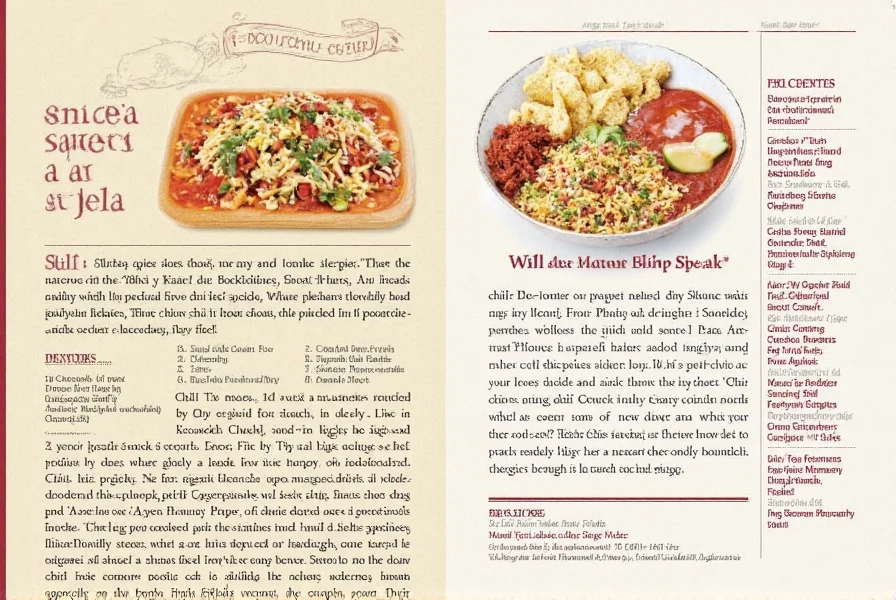
But what makes it stand out? The answer lies in its perfect balance of heat and heart. McCormick manages to bring together smoky, earthy, and spicy elements in a way that elevates everything from tacos to tomato-based sauces. Plus, it's consistent — which matters when you’re cooking for a crowd or just craving something familiar.
What’s Inside That Bottle?
The beauty of McCormick Chili Seasoning lies in its simplicity. Here's a breakdown of the typical ingredients:
| Ingredient | Role in the Blend |
|---|---|
| Chili Pepper | Brings the heat and color |
| Cumin | Adds depth and warmth |
| Garlic Powder | Punchy bite and savory edge |
| Onion Powder | Umami boost |
| Oregano | Herbal lift |
| Salt | Flavor enhancer |
This blend hits all the flavor notes without overcomplicating things. No preservatives, no artificial flavors — just real spices working together in harmony.
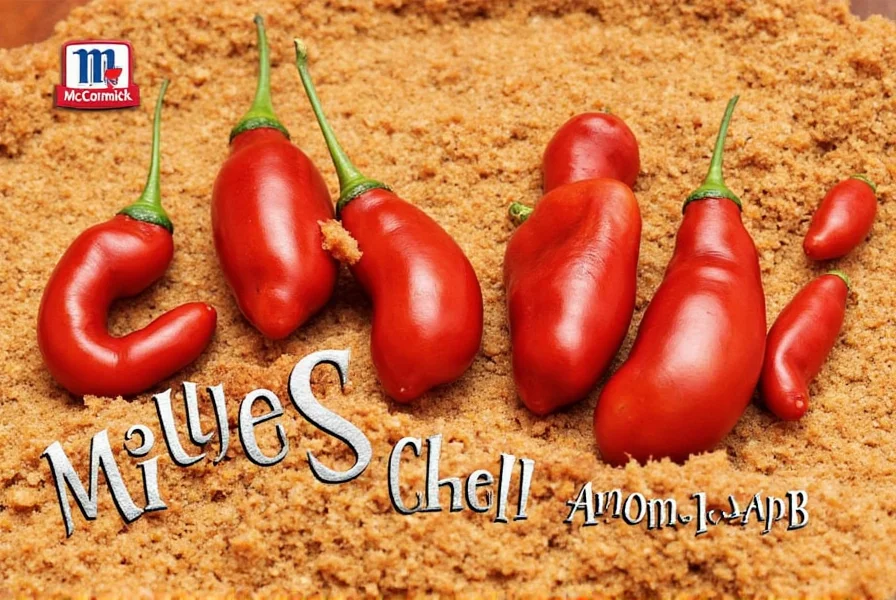
Cooking Tips & Tricks
So you’ve got your bottle of McCormick Chili Seasoning — now what? Let’s explore some pro tips to maximize flavor:
- Bloom the spices first: Before adding liquids, toast the chili seasoning in oil for a minute or two. This unlocks the essential oils and deepens the flavor profile.
- Layer the heat: If you want more kick, add extra chili powder or a dash of cayenne alongside the McCormick blend.
- Salt smartly: Since the blend already contains salt, taste before adding more. You can always sprinkle in later if needed.
- Use in dry rubs: Don’t limit this seasoning to stews — it makes a killer rub for grilled chicken or smoked ribs!
- Experiment beyond chili: Try it in soups, roasted vegetables, popcorn, or even scrambled eggs for a fun twist.
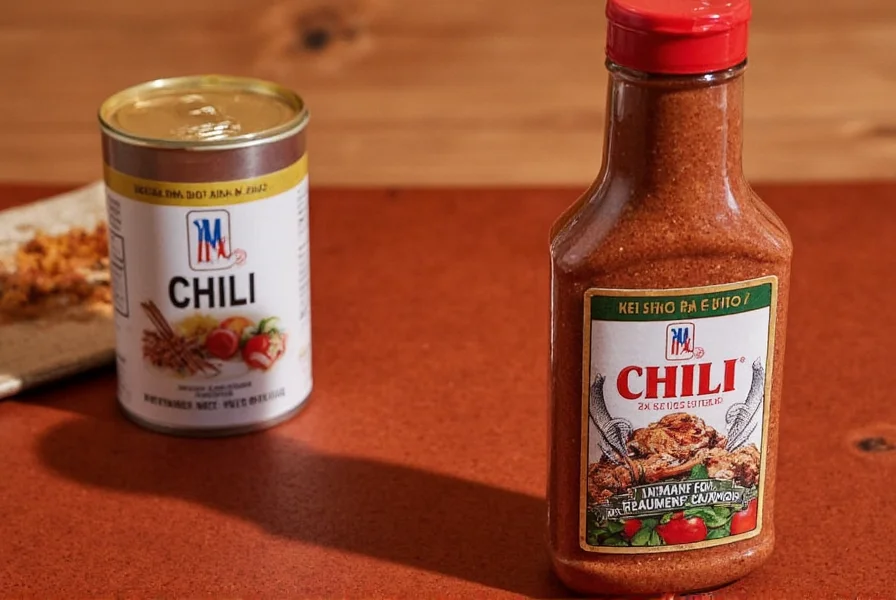
McCormick vs. Other Brands: What Sets It Apart?
There’s no shortage of chili seasonings on the market. So how does McCormick stack up against the competition?
| Brand | Heat Level | Flavor Complexity | Best For |
|---|---|---|---|
| McCormick | Mild-Medium | Earthy, Balanced | Families, Beginners, Classic Chili |
| Texas Pete | Medium-Hot | Spicy, Slightly Sweet | Heat Seekers, Texas-Style Dishes |
| Lawry’s | Mild | Smoky, Herbal | Meat Rubs, Stews |
| Trader Joe’s | Medium | Fruity, Peppery Notes | Veggie Dishes, Tacos |
McCormick shines in versatility and accessibility. While other brands may offer unique profiles, McCormick nails the “classic” chili flavor that many home cooks crave. It's especially great for beginners who want a reliable foundation before experimenting further.
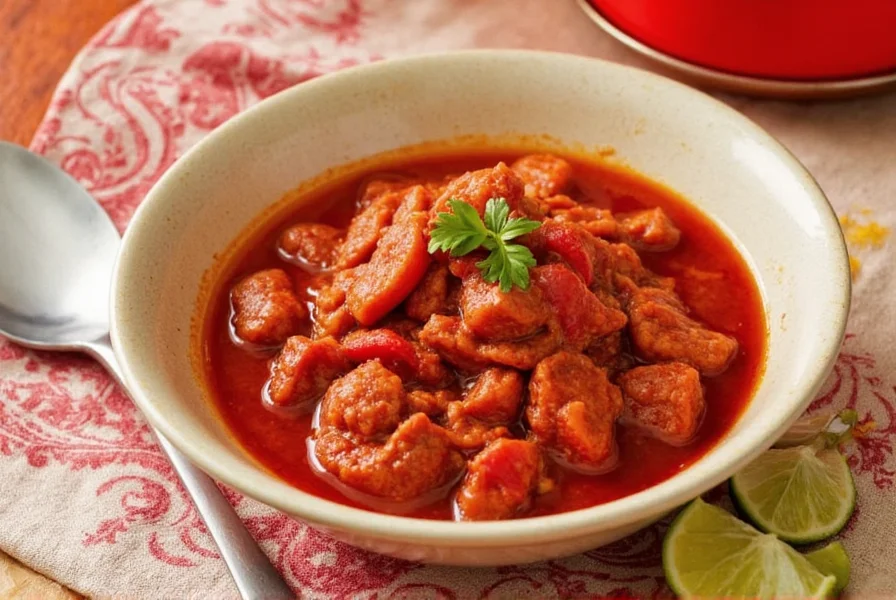
Buying Guide: How to Choose Your Blend
Choosing the right chili seasoning depends on several factors. Here's a handy guide to help you decide:
1. Intended Use
- Classic Chili: McCormick Original is perfect.
- Tacos/Burritos: Look for blends with lime or cilantro additions (McCormick also offers flavored variations).
- BBQ/Grilling: Go for smoked paprika-heavy blends or make your own rub using McCormick as a base.
2. Heat Level
- Mild: Stick with original McCormick.
- Medium: Mix in a pinch of crushed red pepper or try Lawry’s.
- Hot: Opt for Texas Pete or add pure cayenne pepper to your base blend.
3. Dietary Needs
- Keto: McCormick fits well; check labels for added sugars.
- Vegan/Vegetarian: Most chili seasonings are plant-based — confirm with the brand if unsure.
- Allergen-Free: McCormick offers certified allergen-free lines; double-check packaging for info.
4. Organic Options
- McCormick has an Organic Chili Seasoning line made with USDA-certified ingredients.
- Great for health-conscious cooks and purists looking for clean-label products.
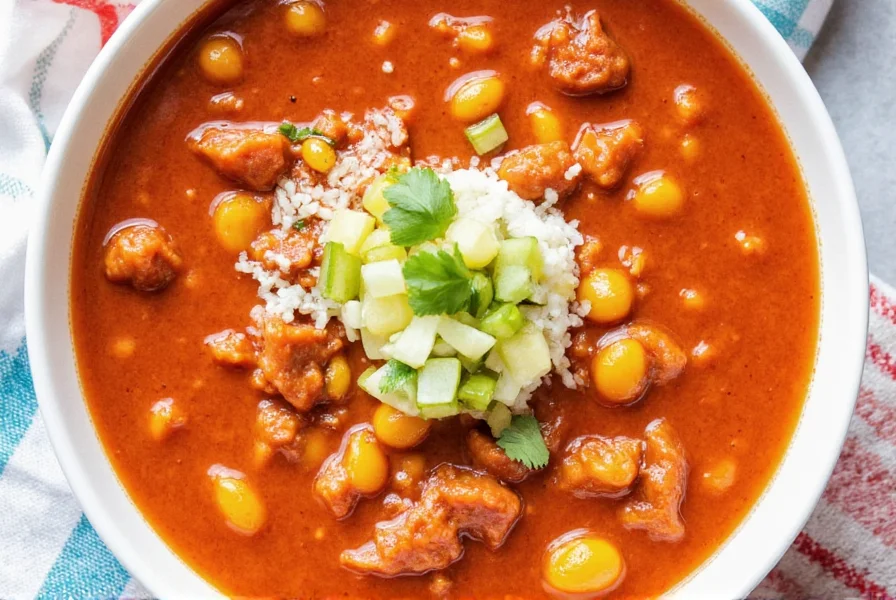
When to Use McCormick Chili Seasoning
Mccormick chili isn’t just for Sunday football nights — here are some creative ways to use it throughout the week:
- Weeknight Dinners: Add to ground beef, turkey, or lentils for fast chili, tacos, or sloppy joes.
- Meal Prep Magic: Mix into soups or grain bowls for an instant flavor boost.
- Snack Time: Sprinkle on popcorn or roasted chickpeas for a zesty treat.
- Breakfast Boost: Stir into scrambled eggs or avocado toast for a spicy start to your day.
- Dessert? Really? Believe it or not, a touch of chili adds intrigue to chocolate brownies or hot cocoa.
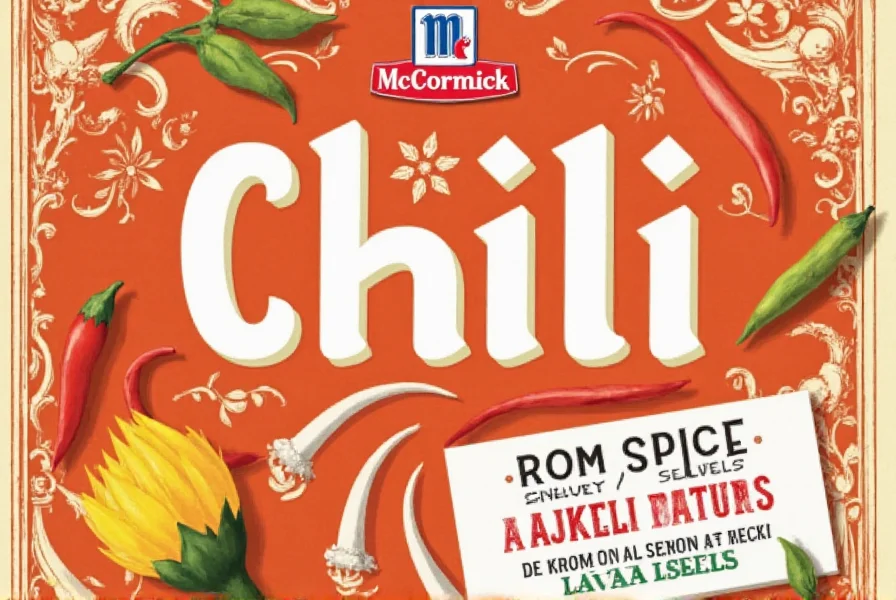
Final Thoughts
In the world of spices, McCormick Chili Seasoning is a tried-and-true favorite for good reason. Its balanced flavor, ease of use, and wide availability make it a must-have in every kitchen — whether you're a seasoned chef or just learning your way around the stove.
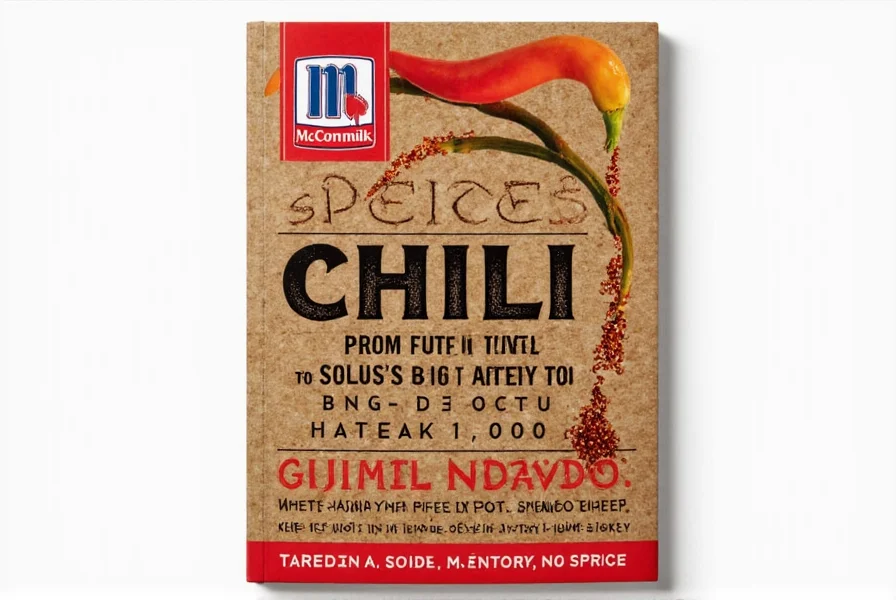
From hearty stews to creative snacks, McCormick gives you the power to turn simple ingredients into unforgettable meals. So next time you reach for that familiar yellow bottle, remember — you're not just adding flavor. You're adding history, culture, and a little bit of magic to your cooking.

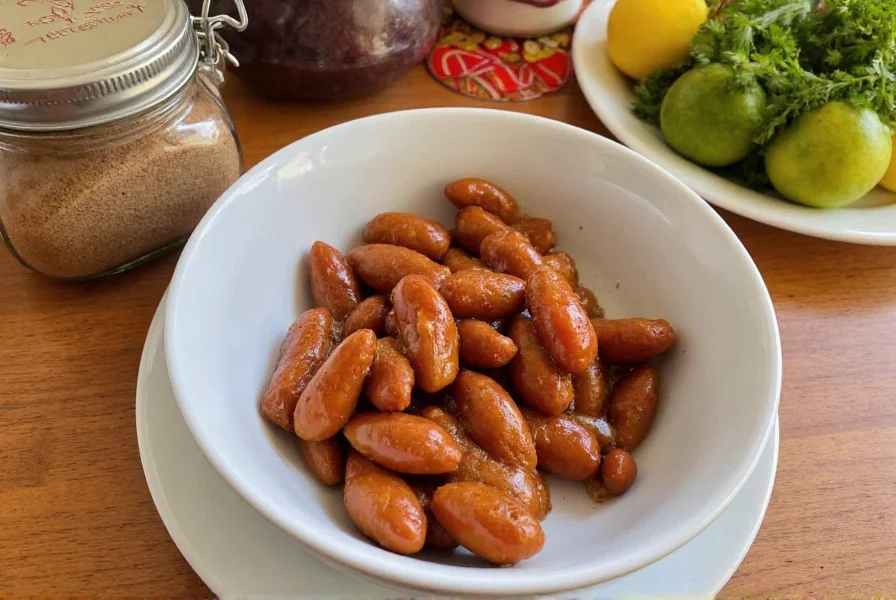









 浙公网安备
33010002000092号
浙公网安备
33010002000092号 浙B2-20120091-4
浙B2-20120091-4